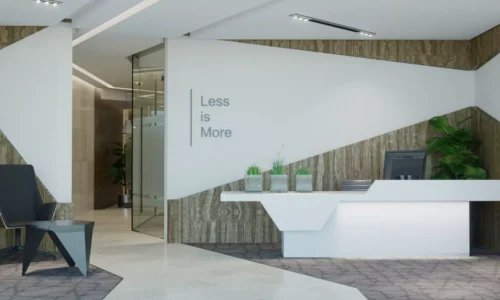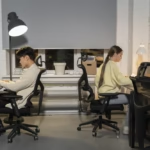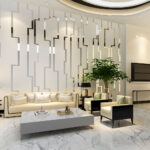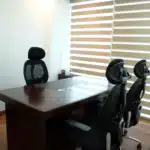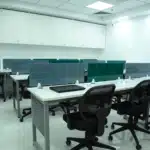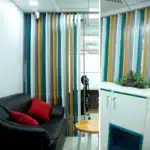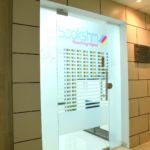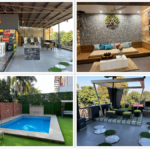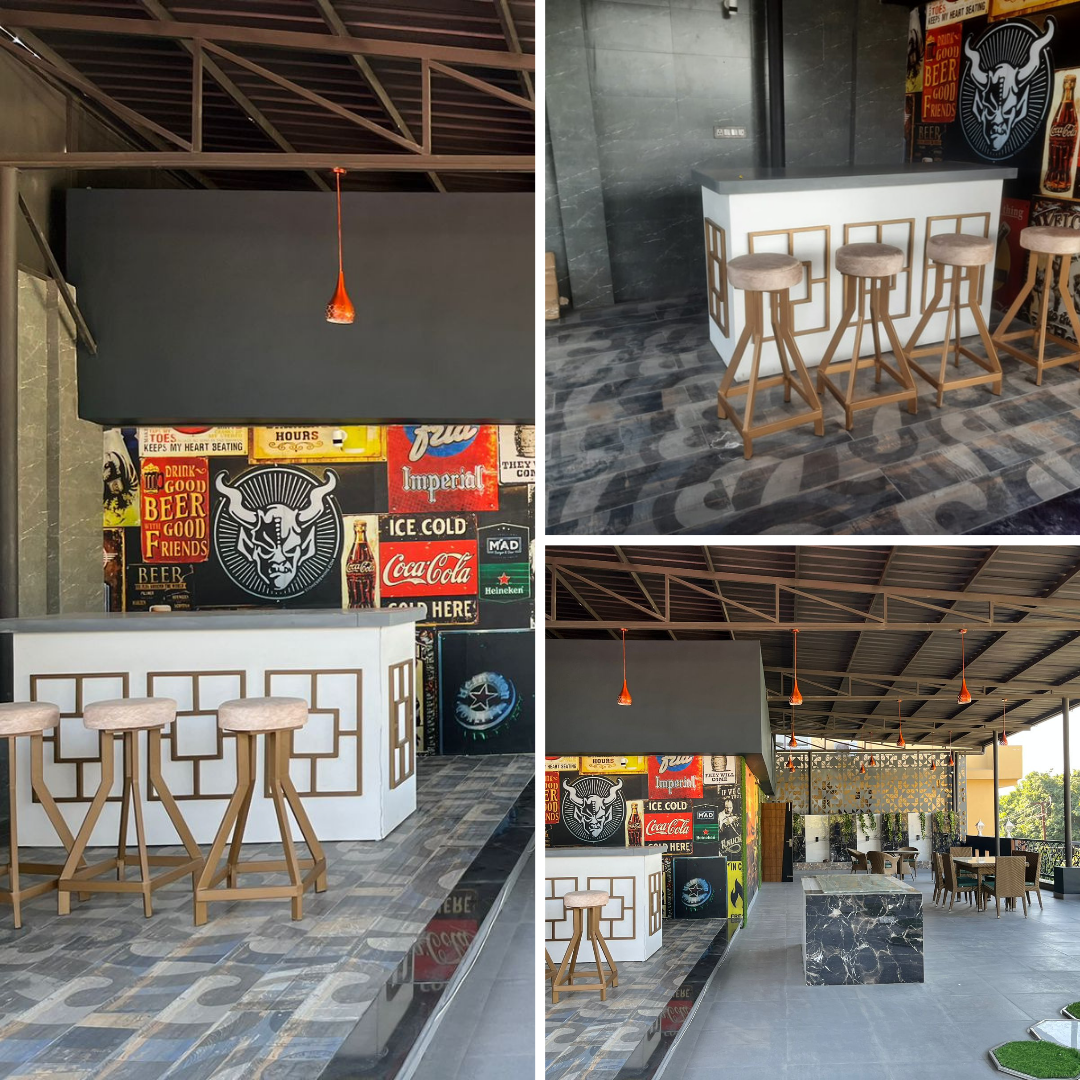In today’s fast-changing world, the way we work has completely transformed. Gone are the days when employees spent all five or six days of the week in a traditional office. The COVID-19 pandemic accelerated a shift that was already on the way — the rise of hybrid work. Now, many companies allow employees to split their time between working in the office and working from home.
This new style of work has brought several challenges for businesses. One of the biggest challenges is designing an office space that fits the needs of a hybrid workforce. This is where flexible office design comes in. Flexible offices are smartly designed workspaces that adapt to the needs of employees, whether they are working on-site full-time, part-time, or occasionally.
In this blog, let’s explore everything you need to know about flexible office designs for hybrid work culture — what they are, why they are important, their features, benefits, and some ideas to implement them.
What is a Hybrid Work Culture?
Hybrid work culture is a model where employees divide their time between working from the office and working remotely. For example, some employees may work three days in the office and two days from home, while others may only visit the office for meetings.
The idea behind hybrid work is to give employees more flexibility while still maintaining teamwork, collaboration, and a sense of belonging. However, it also means that office spaces are no longer used the same way they were in the past. Empty desks, underused meeting rooms, and outdated designs make traditional offices inefficient for hybrid models.
That’s why businesses are turning towards flexible office designs.
What is Flexible Office Design?
Flexible office design is a way of creating workplaces that can adapt to different needs and situations. It moves away from the old idea of fixed cubicles and one-size-fits-all spaces. Instead, it focuses on variety, comfort, technology, and adaptability.
In simple words, a flexible office allows employees to choose how and where they want to work depending on their tasks. Some may prefer quiet areas for deep focus, while others may choose open spaces for teamwork. The office design should support both.
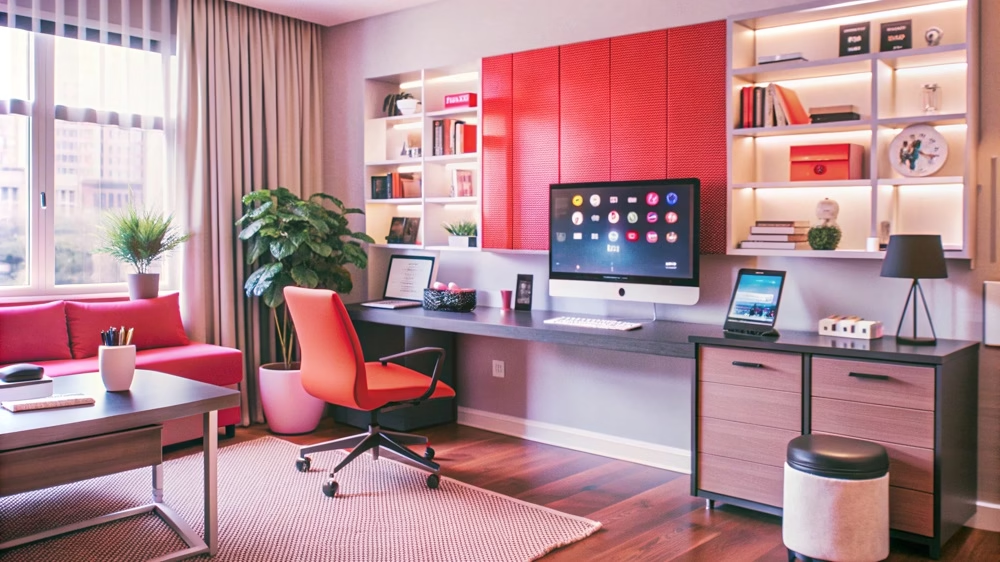
Key Features of Flexible Office Design
Here are some important features that make an office flexible and suitable for hybrid work culture:
1. Hot Desking or Shared Workstations
Not everyone comes to the office every day in a hybrid setup. Instead of giving a permanent desk to each employee, companies can use hot desking. This means desks are shared, and employees can choose any available workstation when they come in. This saves space and makes the office more efficient.
2. Collaboration Zones
Hybrid work requires strong collaboration when employees are in the office. Collaboration zones such as open lounges, breakout areas, and brainstorming rooms encourage teamwork, discussions, and creativity.
3. Quiet or Focus Areas
Not every task requires teamwork. Sometimes employees need silence to concentrate. A flexible office design includes private pods, soundproof rooms, or quiet corners where employees can focus without distractions.
4. Technology Integration
Since hybrid work combines office and remote work, technology plays a big role. Offices must have video conferencing rooms, smart boards, high-speed Wi-Fi, and plug-and-play stations to make communication between remote and in-office employees seamless.
5. Multi-Purpose Furniture
Furniture in flexible offices is often movable and adaptable. For example, tables with wheels, foldable partitions, or adjustable chairs allow quick changes in layout to fit different needs.
6. Wellness and Comfort
Hybrid culture places importance on employee well-being. Offices now include ergonomic furniture, natural lighting, greenery, and even wellness rooms to keep employees comfortable and motivated.
7. Activity-Based Workspaces
Instead of fixed desks, employees choose spaces based on their activity. For example, there could be different areas for meetings, phone calls, creative discussions, or quiet individual work.
Why Flexible Office Design is Important for Hybrid Work
Flexible office design isn’t just a trend; it’s a necessity in the hybrid world. Here’s why it matters:
-
Efficient Use of Space – Since not all employees come daily, flexible offices prevent wasted space.
-
Supports Collaboration – Encourages teamwork when employees are physically together.
-
Enhances Employee Experience – Employees feel empowered when they can choose how they want to work.
-
Improves Productivity – Right spaces for the right tasks improve focus and efficiency.
-
Future-Proofing – Work culture is changing rapidly. Flexible designs allow offices to adapt without major renovations.
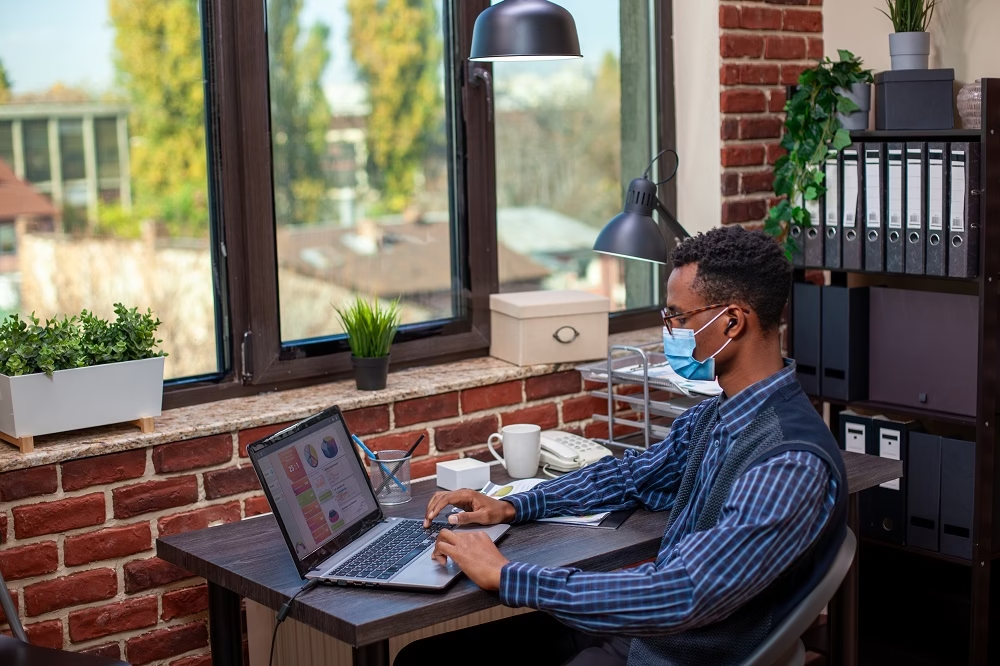
Benefits of Flexible Office Designs
Implementing flexible design in offices offers several advantages:
-
Cost Savings – Shared desks and multi-purpose spaces reduce the need for large office areas, saving rent and maintenance costs.
-
Higher Employee Satisfaction – Employees appreciate the freedom to choose their work style. Happy employees are more engaged and loyal.
-
Stronger Collaboration – Smartly designed meeting and social spaces help bring teams together, boosting creativity.
-
Attraction of Talent – Modern office spaces appeal to younger generations who value flexibility and a healthy work environment.
-
Health and Wellness – Better lighting, ergonomic seating, and wellness areas improve employee health, reducing absenteeism.
-
Environmental Benefits – Smaller, efficiently used spaces mean less energy consumption, supporting sustainability.
Practical Ideas for Designing a Flexible Office
If you are planning to create or upgrade your office for hybrid work, here are some practical tips and ideas:
1. Adopt an Open Layout
Remove unnecessary walls and create open spaces. This makes the office more versatile and adaptable.
2. Introduce Hot Desking Systems
Use booking apps or systems that allow employees to reserve desks before they arrive at the office.
3. Create Multi-Use Meeting Rooms
Equip meeting rooms with digital screens, video conferencing tools, and movable furniture to support both physical and virtual meetings.
4. Add Breakout Spaces
Small lounges, sofa corners, or coffee zones encourage informal conversations and collaboration.
5. Provide Phone Booths or Pods
For private calls or focused work, small soundproof booths can be very effective.
6. Focus on Ergonomics
Provide height-adjustable desks, supportive chairs, and good lighting to promote comfort.
7. Incorporate Nature
Plants, natural light, and eco-friendly materials create a calming environment and boost productivity.
8. Use Modular Furniture
Furniture that can be easily moved or reconfigured allows the office to adapt quickly to new needs.
9. Blend Physical and Digital
Use smart office apps for desk booking, meeting room scheduling, or even adjusting lighting and temperature.
10. Add Wellness Areas
Meditation rooms, nap zones, or fitness spaces show employees that their well-being is a priority.
Challenges in Flexible Office Design
While flexible offices sound perfect, there are challenges too:
-
Cost of Redesign – Creating a modern flexible office may require initial investment.
-
Change Management – Employees used to traditional setups may need time to adjust.
-
Technology Dependence – Hybrid setups rely heavily on tech, so strong IT support is necessary.
-
Maintaining Fairness – Desk booking systems must be managed fairly to avoid conflicts.
With careful planning, however, these challenges can be overcome.
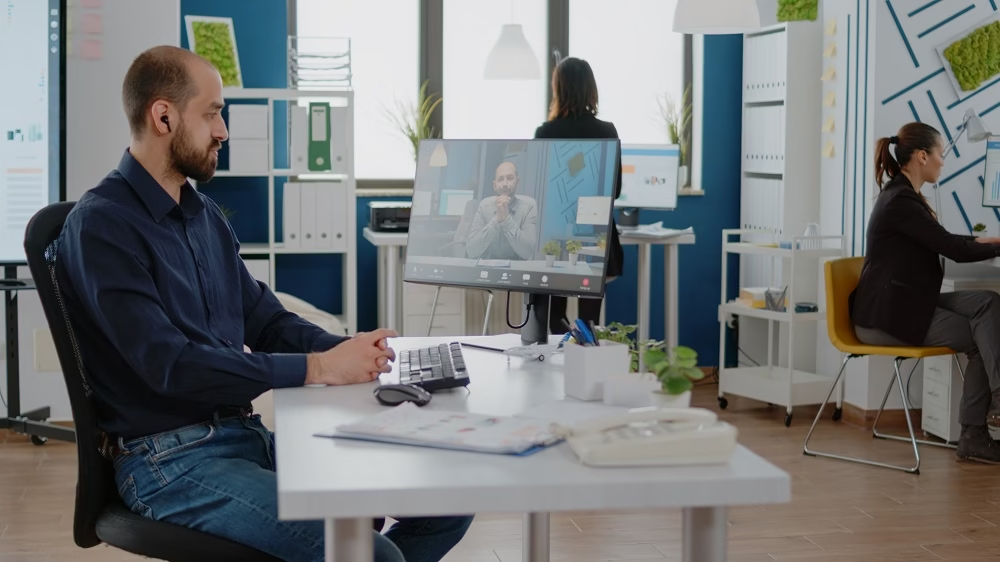
The Future of Offices
The hybrid work culture is here to stay, and flexible office design will play a central role in the future of workplaces. Offices are no longer just places to sit at a desk; they are hubs for collaboration, innovation, and social interaction.
Companies that invest in flexible, employee-friendly designs will not only save costs but also create a happier and more productive workforce.
Also Read:
- What Is a Mood Board in Interior Design?
- What Is Modern Classic Interior Design?
- What is Green Interior Design?
- What Are the Different Materials Used for Interior Design?
- Is Interior Architecture the Same as Interior Design?
Conclusion
Flexible office designs are the perfect answer to the demands of hybrid work culture. They help companies make the best use of space, support both collaboration and focus, and give employees the freedom to work in ways that suit them best.
In the future, the most successful workplaces will be those that embrace flexibility, technology, and well-being. By adopting smart design choices today, businesses can build offices that are ready for tomorrow.


